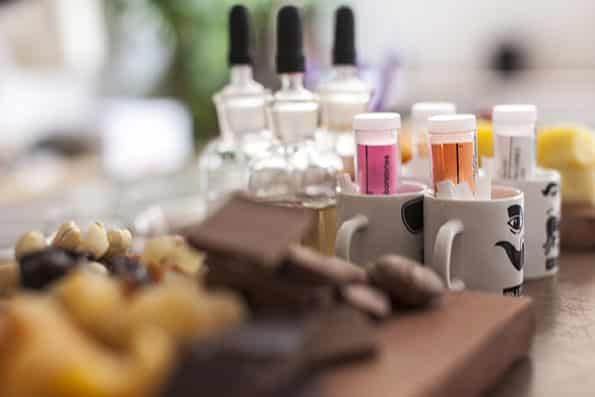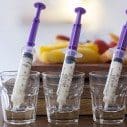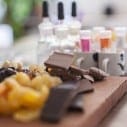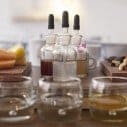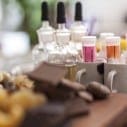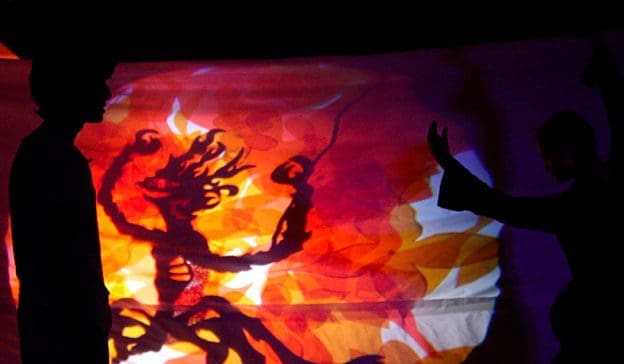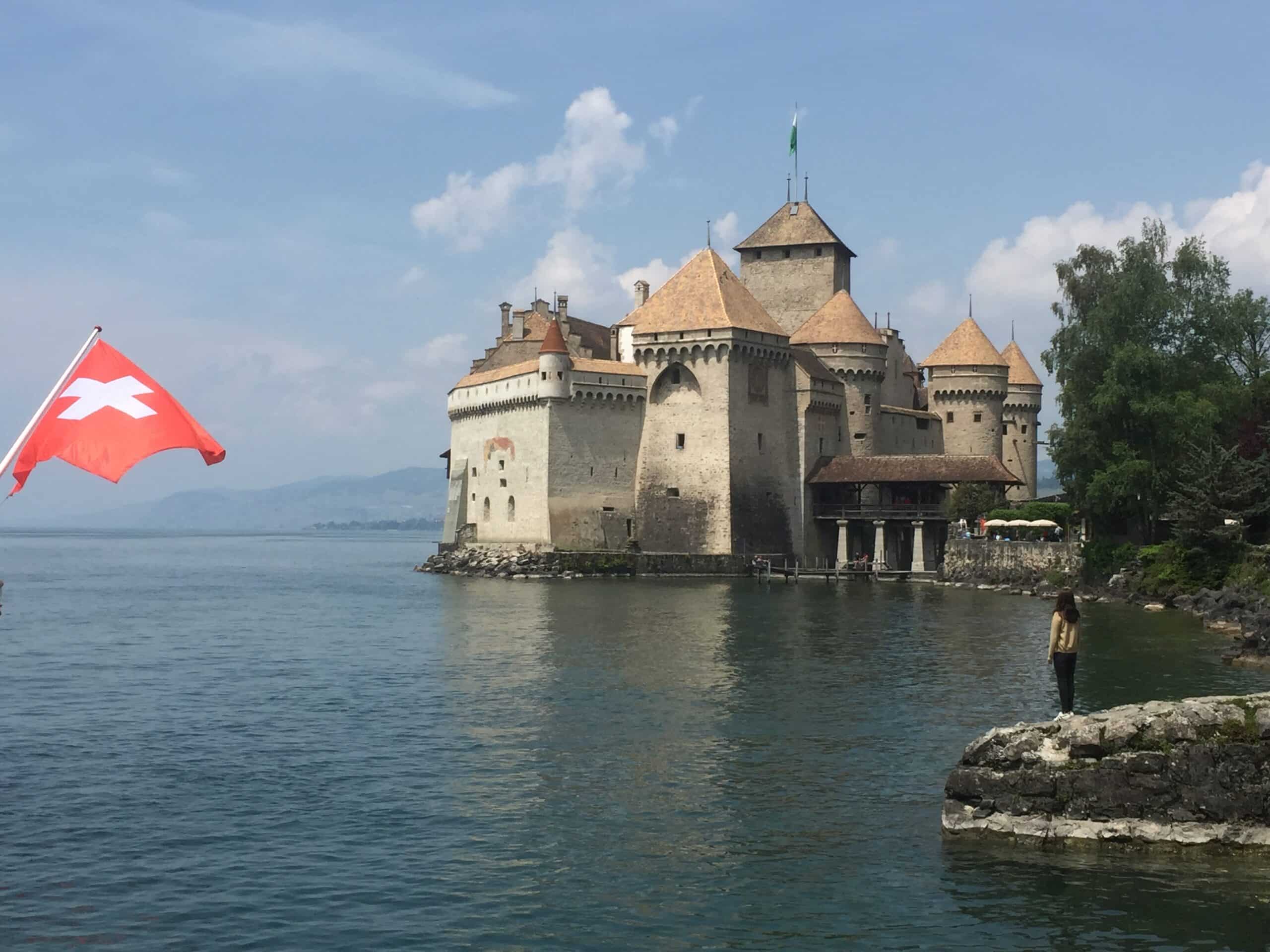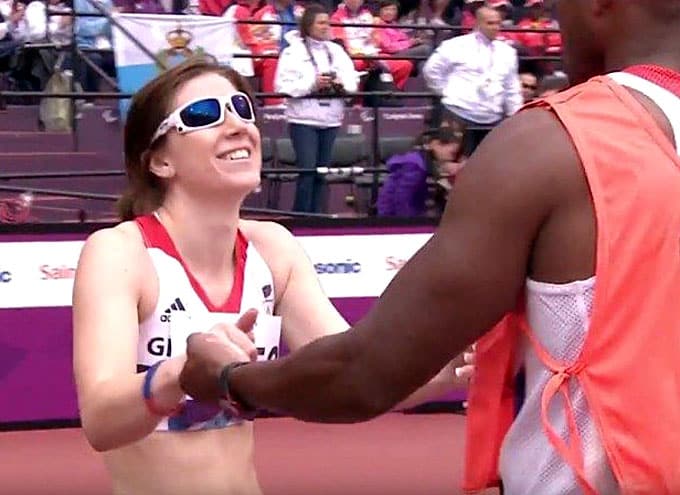The berries from the coffea genus encase a seed that, when roasted, ground and brewed, becomes an as important part of powering city life as daylight. It is probably virtuous to learn more about the things we consume; therefore, some enlightenment on coffee is most overdue.
The last queue you were in was probably leading to a barista. It’s a familiar sight – much of the global working population is addicted to what is actually a psychoactive drug, but we don’t call it that… It’s impolite.
Coffee has a significant and relatively overlooked part in English caffeinated national heritage, and one that pre-dates tea. The enlightenment movement is said to have been stimulated inside the many coffee houses of late 17th century England; before tea rooms and gentlemen’s clubs there were thousands of coffee houses. I certainly haven’t seen anything noticeably enlightening in a modern coffee shop for a while, but today this may change, as I have an appointment with the coffee specialists DunneFrankowski, for a tasting class.
Their coffee bar is hidden along a Shoreditch back-street – it is sparse and functional. They are busy setting up a curious arrangement of coffee crockery as I stumble inside.
Rob Dunne and Victor Frankowski are both certified sensory judges. This suggests nothing if not their passion for taste, which they share with infectious enthusiasm. The DunneFrankowski bar is their base for selling coffee, teaching tasting classes, training baristas, and doing coffee cupping.
I’ll be the first to admit that I hadn’t taken coffee cupping seriously when it first hit my horizon. Perhaps it was the name, or the fact that people don’t often talk about coffee like they do whisky and wine. However, discovering that coffee has twice as many flavour notes as wine should do well to persuade the skeptic that a coffee cupping could be a valuable exercise for more than just farmers and roasters. There’s no alcohol, but I promise you won’t fall asleep.
The basis of DunneFrankowski’s tasting class is to understand how to approach a cupping and they start with the basics: how to taste.
The table is laid with what looks like a chemistry set. We are directed to sniff mysterious liquids, drip substances from pipettes into our mouths, lick chemical papers, eat fruit, nuts, chocolate, and all the while corresponding with the verdict of our taste buds. Our tongues are apparently like fingerprints, each giving us an individual perspective on how we process taste and smell, and around the tasting table we seemed to mostly agree on the basics but differ on more detailed observations.
Rob and Victor, meanwhile, share useful tips for tasting; for instance, acidity is an instant sensation in the mouth, signaling a fresh coffee bean (it’s also important to add that this isn’t the pH type of burning acidity – it is a desirable sharpness). Bitterness is a slow forming after-taste, also desirable, and often created by particles from cooked or burnt foods. Both these aspects of flavour are foundations for good palatable coffee; the tightrope the coffee roaster walks is to balance them favourably.
Rob tells me that the notes of wood and chocolate in coffee that I am so familiar with are the trademark of stale beans. A delay in processing, or a mislaid bag, or a bad batch; there are many ways to spoil a coffee bean. After roasting there is an inevitable loss of acidity and flavour that slowly turns the beans dry and bland. Many large coffee brands have little control over this, but smaller roasters have no problem maintaining freshness, and there are dozens of quality small roasteries in England. For this tasting session we are using beans from top roaster Has Bean. This roastery takes online orders and roasts their international selection of beans the next day for dispatch.
We have three cups with different ground coffees in them. Their aromas are very characterful, with nuts, berries, chocolate, and I wonder if this is the best coffee I have ever had, or if I usually just take aroma for granted. The water is added at just below 94 degrees, the agreed best possible temperature for a brew. Before we start, Victor takes us through the cupping technique for which one doesn’t use a filter. Instead, there is a special spoon to ladle up the coffee, sipping rapidly to ensure intake of enough air to facilitate the aroma.
I’m not sure what I’m tasting. They tell me that the flavour will change as the temperature lowers, and minor flavour notes turn into major ones. Finding the full complexity of a coffee certainly needs a bit of experience.
The first roast is relatively sweet, with strong acidity and a ‘clean body’ – it leaves the palate without fuss or strong after-taste. There is a note of ‘paper bag’ in the second, we can all taste it… in fact I have encountered this particular flavour many times before. Our hosts say that processing anomalies can happen to any batch of coffee during its long passage to the roasters.
Most of us feel that the third sample is the most pleasing. It is a slightly darker roast with a deep note of blackcurrant. This is a Kenyan bean, and Rob says that these beans are often complex but usually unsuited for espresso machines where the flavours may become too intense. They suggest that a sweeter, simpler coffee like the first sample would benefit from the espresso treatment. It is knowledge like this that can make all the difference when making coffee yourself.
The tasting class dissolves into interesting chatter. I learn that they order from new regions and roasters constantly, and have a box full of the last years used packs of coffee, where each is different. The best coffee is grown at high altitudes, but a third of the worlds coffee is mass produced in low lying Brazilian countryside. Different farms aim for different markets, and luxury coffee producers are gaining popularity; Esmeralda Gesha (or Geisha) is reputed to be exemplary, but is only grown in a small part of Panama and comes at a premium.
The pinnacle of expense and exclusivity is the Kopi Luwak coffee bean from Southeast Asia. The fruit is selected for ripeness by none other than the palm civet (a kind of monkey-cat). The undigested seed (it isn’t really a bean) is collected from the forest floor by some unfortunate soul who is only consoled by the ludicrous price he will get per kilo. Snake oil or not, I can’t tell you, so you will have to try some for yourself. The general truth is that the best coffee beans come from wealthy farmers who have the time and money to care for their crop.
After two hours of sensory learning, and thankfully without the kind of caffeine high I was expecting, we part ways. I’ll leave you with the knowledge that I have just ordered an unprecedented amount of coffee and plan on educating those unsuspecting persons surrounding me.
As well as tasting and cupping, DunneFrankowski offer consultation for coffee bar businesses and more.
More information at df.studio-subsist.com
words Tom Wratten

